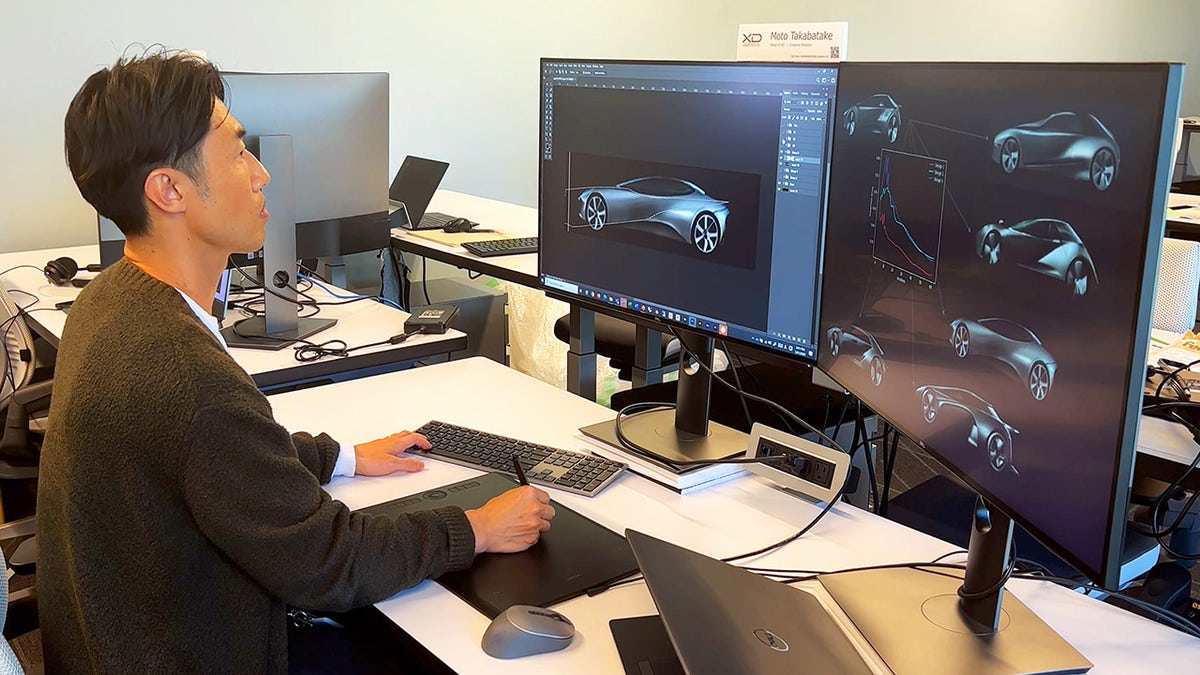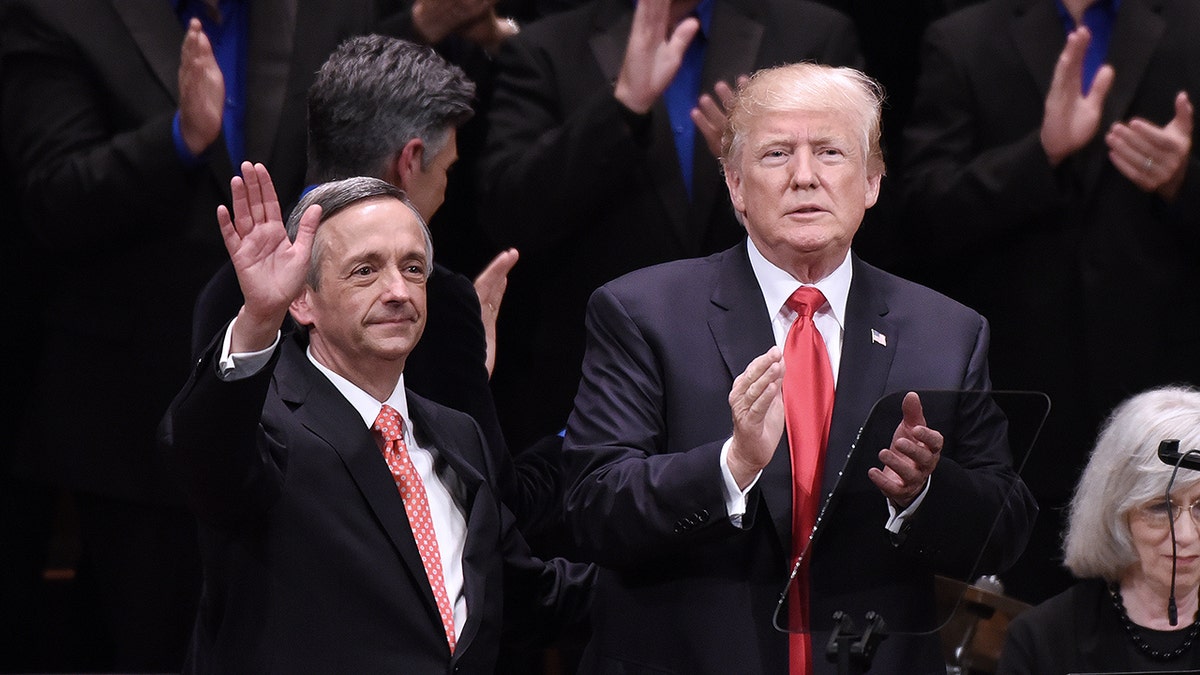Toyota is revolutionizing its car design process by integrating artificial intelligence (AI). The company has created a new algorithm that significantly speeds up the development of new vehicle designs compared to conventional methods.
This innovative system allows engineers and designers to upload sketches and refine them using text-based prompts. The AI considers various engineering limitations while optimizing the designs based on these prompts.

Toyota's new system streamlines the design process. (Toyota)
Avinash Balachandran, director of the Toyota Research Institute's (TRI) Human Interactive Driving division, highlighted the limitations of typical generative AI tools. While often used for inspiration, these tools struggle with the complex engineering and safety aspects inherent in car design. Toyota's new technique combines the company's engineering expertise with cutting-edge generative AI capabilities.

The algorithm optimizes designs based on specific criteria. (Toyota)
Designers can input commands such as "show me futuristic, sleek variations of my design while minimizing drag" and receive multiple iterations much faster than traditional optimization theory allows. Takero Kato, president of Toyota's battery electric vehicle factory, emphasized the importance of drag reduction for improving the aerodynamics and range of BEVs.
The system can optimize for virtually any performance metric or constraint, including chassis and cabin dimensions. Designers then use this feedback to refine the final vehicle shape.

Designers utilize the AI's feedback to finalize the vehicle's form. (Toyota)
Charlene Wu, senior director of TRI’s Human-Centered AI Division, explained that TRI is leveraging AI's creative potential to empower automotive designers and engineers. Toyota has published two technical papers through Cornell University, providing a deeper explanation of the system's functionality.








